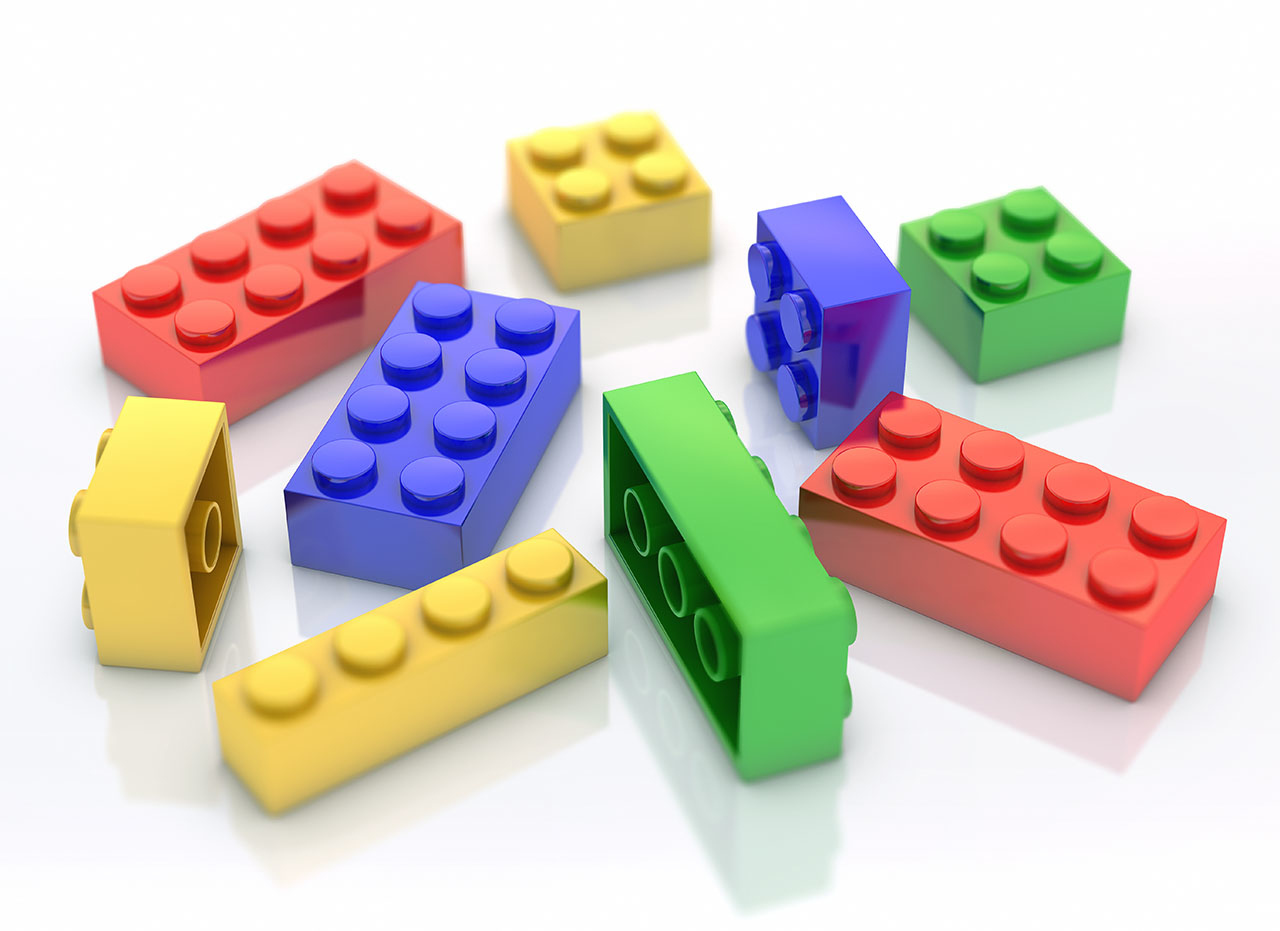Using Legos To Build a Better World: The Lego Build the Change Initiative
INNOVATIVE LEADER AWARD: The Take Action Global Lego Build the Change Initiative sparks student interest in providing solutions to some of the problems our world faces today.

Sometimes the basic building blocks of society can help make even the most obscure ideas real. In this case, those building blocks are Legos.
Heather Brantley, CTE Digital Communications Specialist, discusses the Lego Build the Change Initiative taking place at Pine Tree Junior High and being facilitated by Take Action Global. For her efforts she was recently recognized by Tech & Learning with an Innovative Leader Award for Innovative STEM Program Award.
Building a Better World . . . with Legos?
Legos are very popular and can be used to build any number of structures. Brantley says joining the Take Action Global Lego Build the Change Institutes sparks student interest in providing solutions to real-world problems.
“Last year, I had the opportunity through Take Action Global to be part of the Lego Build the Change institute,” says Brantley. “Take Action Global did an incredible job. They partnered with LEGO Group, separate from LEGO for Education. And what they did in that six weeks was they provided problems that were very open-ended. Students were to create [solutions] with Legos.”
Students were given the opportunity to choose from a list of real-world challenges, such as designing sustainable schools, or teachers could choose for them.
“It was open-ended, but it led to conversations for solutions,” says Brantley. “So one thing that Lego represents is building through play and taking action. Take Action Global looks for how we can find solutions for climate problems through play.”
Sustainability and climate problems may seem like big topics for students to consider, but adding in an element of play can inspire them to find solutions in new and innovative ways.
Tools and ideas to transform education. Sign up below.
Building A Program Brick By Brick
The Build the Change initiative uses common play rules to have a student look at issues from a different perspective. Legos can be used to build all manner of structure, but how does this play out in a school under the banner of education?
“I always tell my students that they are bigger than the classroom,” says Brantley. “‘You’re bigger than the walls of the school. You’re bigger than the town you live in and, for us, you’re bigger than Texas. Your voice needs to be heard.’ I’ve tried to give those opportunities.”
Brantley’s district applied for its junior high campus to be a Lego school, which inspired other campus leaders to also participate. Take Action Global ultimately adopted five of the district’s campuses into the program.
“Out of the 25 [participating school seats] for this year, Pine Tree holds five of those seats,” Brantley says. “With that, we become the first to do this on a district level.”
How can this program grow to incorporate more schools and districts? Asking about it can be the simplest way to get involved, as word of mouth has helped other districts join.
“I absolutely see this as the beginning of a great thing as word comes out,” Brantley says. “I didn’t know about it, then I learned through the institute about becoming part of the showcase schools.Then I wanted to know what the next steps were and whether we could increase the scale of the program.”
What’s Brantley’s advice for other teachers?
“Ask the questions. Worst-case scenario, they say no,” she says. “And I really think that it’s important for people to realize that if it doesn’t work the first time, it may just not be the time. Don’t give up on it. Keep having those conversations later. Follow up, make sure everyone is still on board and going.”
Having your voice heard as a student can be a huge boon in your formative years. Not only does the Build the Change initiative provide solutions to problems in innovative ways, it lets students feel more involved in the world around them, engaging them in a way that standard education might not.

Michael Millington is a senior staff writer for Tech & Learning. A writer and editor with over a decade of experience, his focus on bringing actionable information to those in need is the driving force behind his work. When not researching new advancements in technology, Michael likes to practice his Italian and train his dog Cyril.
